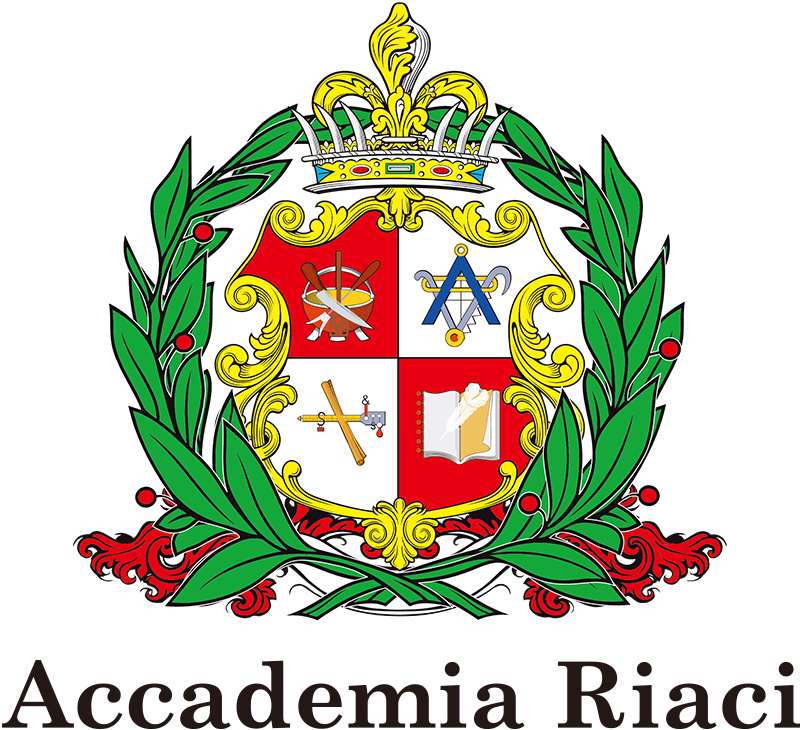
Graphic designers can analyze communication problems and needs, and to visualize messages, ideas, and feeling in concise, effective, and visually satisfying ways.
The purpose of graphic design may be to inform, identify, clarify, or persuade the public or a specific audience.
The finished design usually combines a drawn or photographic image with letterforms and typography. Most often, the result is reproduced through the printing process, but it may take other forms such as an exhibition, a slide presentation, or a package.
Specific job opportunities include the design of advertisements, exhibitions, publications, corporate symbols, packaging, books, signs, magazines, posters, typography, illustrations, and photographic images, plus art direction and design consultation.
The goal, in the development of the curriculum, has been to establish a one-year program concentrating on the design process rather than products.
The faculty maintains close contact with students and careful supervision of the curriculum. Students develop understandings and abilities relating to image-making tools and modes. Such understandings are employed for perceptible questioning, clarification, edification, and problem-solving. Intuition and objectivity are fostered through design projects, in-depth analysis, and critical evaluation of the issues and processes and their manifestations.
A graduate of this program has a diversified knowledge of visual aesthetics, concept communication, and design methodology.
A series of required courses has been formulated to fulfill a designer’s practical, academic, and analytical needs.
Accademia Riaci's Master of Graphic Design places primary importance on the ability of students to be critical agents; to seek problems and to pose questions. Faculty evaluates graduate students on their ability to define individual investigations and to support their decision-making with an independent program of reading and research, and ability to critically evaluate and articulate discoveries, and the ability to synthesize ideas through the creation of design projects. The main thrust of our graduate program is to provide a research dimension to the field by contributing to the understanding of graphic design through investigations into its history, theory, criticism, and methodology as well as its practice. Graduate students come from a variety of academic and professional practice experiences. The department accepts students who have an undergraduate degree in graphic design or comparable professional practice experience as well as those with degrees in other disciplines who see a connection between their previous study and graphic design.
Accademia Riaci's Graphic Design course gives students a theoretical and practical introduction to graphic design in the era of digital communication. The program will provide students with detailed technical knowledge of leading-edge digital tools allowing them to realize their designs. In consideration of the great importance that advertising has in the course, students' projects address communication issues, exploring the principal media and investigating ways of working with different targets. Branding, naming, lettering, copywriting, and imaging will become familiar to students enrolled in this course. Students must be familiar with the computer environment.
Note: the "Summer Intensive Course" has the same contents as the "Short Course", but with a double number of lessons. Furthermore, it includes housing and extracurricular activities, and services.
Accademia Riaci's Graphic Design course gives students a theoretical and practical introduction to graphic design in the era of digital communication. The program will provide students with detailed technical knowledge of leading-edge digital tools allowing them to realize their designs. In consideration of the great importance that advertising has in the course, students' projects address communication issues, exploring the principal media and investigating ways of working with different targets. Branding, naming, lettering, copywriting, and imaging will become familiar to students enrolled in this course. Students must be familiar with the computer environment.
Summer Course fees include:
NOT included:
Prof. ROBERTI
After having completed her degree in Industrial & Communication Design, she has worked as art director and design coordinator for many Italian companies, along with her passion for teaching as specialized instructor of Adobe Photoshop, Illustrator and Indesign.
Under the competent supervision of Prof. ROBERTI, students will address in a comprehensive way both the theoretical and operational topics that typically characterize the professional activity of a graphic designer.

